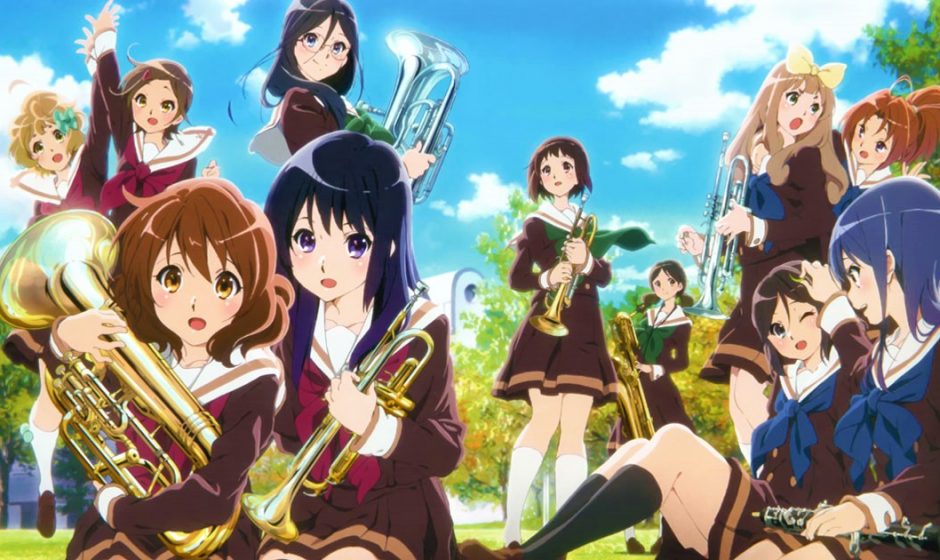On July 18, 2019 an arsonist attacked the Japanese animation studio Kyoto Animation, killing 34 and wounding many others. The studio started off as a group of a few housewives doing in-betweens (the frames between key poses in animation) and color on series for Tatsunoko Pro and Pierrot productions in the early 1980s. In 1985, Yoko Hatta officially founded Kyoto Animation with her husband, Hideaki Hatta as the president—an arrangement that has not changed over the lifetime of the studio. KyoAni has a family mentality that focuses on being self-sufficient in all animation production matters. Where most other anime studios use freelance artists trying to meet frame quotas in poor conditions, KyoAni has employees who focus on the quality of delicate expressions and movement. For a more detailed history of the studio please check out this post from the Sakuga Blog.
early 1980s





Urusei Yatsura, Dirty Pair OVAs, Neon Genesis Evangelion, and Akira–KyoAni worked on all of these series as support doing key animation (Dirty Pair OVAs), backgrounds (Neon Genesis Evangelion), and minor assistance (Studio Ghibli and Akira). These classics, while diverse, share what has come to be KyoAni’s defining trait of unique and proficient character animation.
Image credits: Urusei Yatsura via kitsu.io, Dirty Pair OVA via Anime News Network, Neon Genesis Evangelion background via backgroundsbot on Twitter, Kiki’s Delivery Service still via dotandline.net, Akira via Akira wikia.
first tv series

Based on the manga series “Full Metal Panic?” Fumoffu follows the more light-hearted slice-of-life chapters that the first season of the anime left out. The surrealist humor combined with heavy emotional moments sets this season apart from the others and makes it the most memorable out of the three.
defining a generation



The Melancholy of Haruhi Suzumiya was the first huge break out series for KyoAni and garnered a cult following. A later series, Lucky Star, makes several nods and references to the Haruhi series, much the same way Studio Trigger and Western cartoons do today. K-On! has gone on to become the most lucrative anime series to date.
Image credits: The Melancholy of Haruhi Suzumiya via aliexpress.com, Lucky Star via All The Anime blog, K-On! via K-On! wikia.
just everyday life

Nichijou, a slice-of-life series with slapstick humor and over the top dynamic reactions you’d expect in an action series. While not as pervasive as Haruhi or Lucky Star, the series is a source for legendary reaction gifs and humorous video clips.
fresh new air



Visually stunning is an understatement when it comes to these series. While Clannad feels like a stylistic upgrade of KyoAni’s early works of MUNTO, Air TV, and Kanon, the story is riveting, and touching. Hyouka takes this a step further, and Sound! Euphonium is a technical zenith in terms of rendering. All the instruments are hand drawn!
Image credits: Clannad via akibatan.com, Hyouka via Hyouka wikia, Sound! Euphonium via mucinminhhao.com.
creative diversity




Free! Iwatobmi Swim Club is for thirsty fan girls what K-On! is for hungry fan boys—not to say that both series don’t have a wide appeal. The same goes for Miss Kobayashi’s Dragon Maid and Violet Evergarden. While all focus more on slice-of-life scenes and character, the care that went into each frame is visible and drives a certain urgency to key scenes.
Image credits: Free! Iwatobi Swim Club via Honey’s Anime, Miss Kobayashi’s Dragon Maid via Anime with Sky, Violet Evergarden via Goomba Stomp.
beyond the present
This is just a small sampling of Kyoto Animation’s diverse filmography. For a complete list check out their official list of works here. You might recognize many other series on that list! KyoAni is a leading force in the animation industry that many look to when moving forward. The face of anime is forever changed because of KyoAni’s unique viewpoint and decisions.
You can help KyoAni by donating to them directly. Please follow this guide on how to buy high resolution digital images from their online shop. While there is a GoFundMe set up, there is no guarantee all that money will reach KyoAni. The method in the first link is the best way to ensure all your money goes straight to Kyoto Animation in their time of need.
Please leave a comment below if you feel there is a key series that was missed or if you have further questions about how to help Kyoto Animation recover.

One thought on “A Brief Visual Evolution of Kyoto Animation”